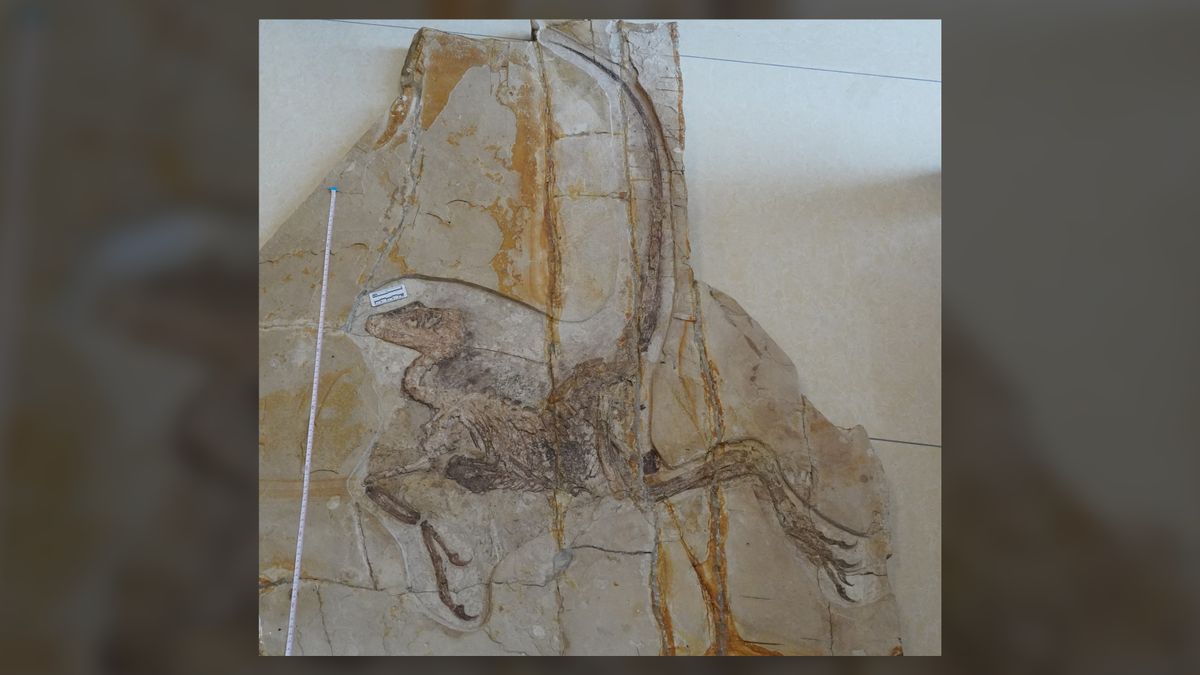
Paleontologists in China have examined the remarkable gut remnants of a birdlike dinosaur that lived more than 100 million years ago.
More than 100 million years ago, a fearsome birdlike dinosaur was swept into a lake and transformed into an exceptional fossil in what is now China, preserving one of the few intact gut remnants known from nonavian dinosaurs, a new study finds.
The finding offers valuable insight into both bird and dinosaur gut evolution, giving researchers a clearer window into dinnertime during the Lower Cretaceous (145 million to 100.5 million years ago). .
wangi were mostly small, feathered and carnivorous.
This group roamed the Earth from the mid-Jurassic period (about 167 million years ago) until the end of the Cretaceous period (66 million years ago).
Soft tissue preservation is rare for any fossil, and intestinal preservation is particularly uncommon in dinosaurs.
"This is the first case among dromaeosaurids," study co-author Andrea Cau, an independent paleontologist based in Parma, Italy, told Live Science in an email. .
wangi specimen was likely buried very quickly under soft, fine sediments at the bottom of a body of water in what is now the Jehol Biota — an area known for well-preserved fossils in modern-day Inner Mongolia, an autonomous region in northern China.
wangi lived, and what it could have eaten?
From what the researchers could tell, its intestinal tract appears similar to the very few other remnants known from meat-eating dinosaurs, suggesting that more omnivorous dromaeosaurid gut plans didn't evolve until after the dawn of modern birds following the Cretaceous period.
wangi ate small prey, such as mammals (which were no larger than badgers during the Mesozoic era), fish, other small dinosaurs and possibly amphibians.